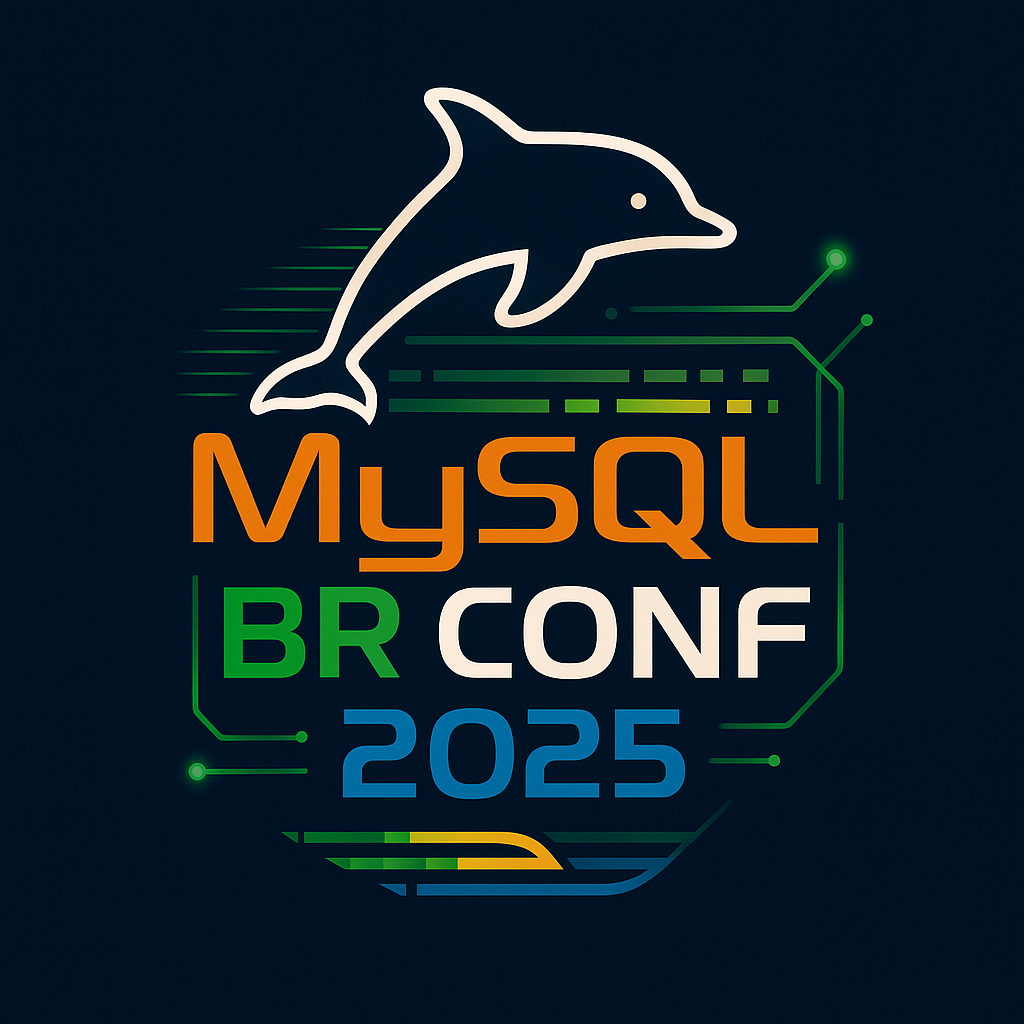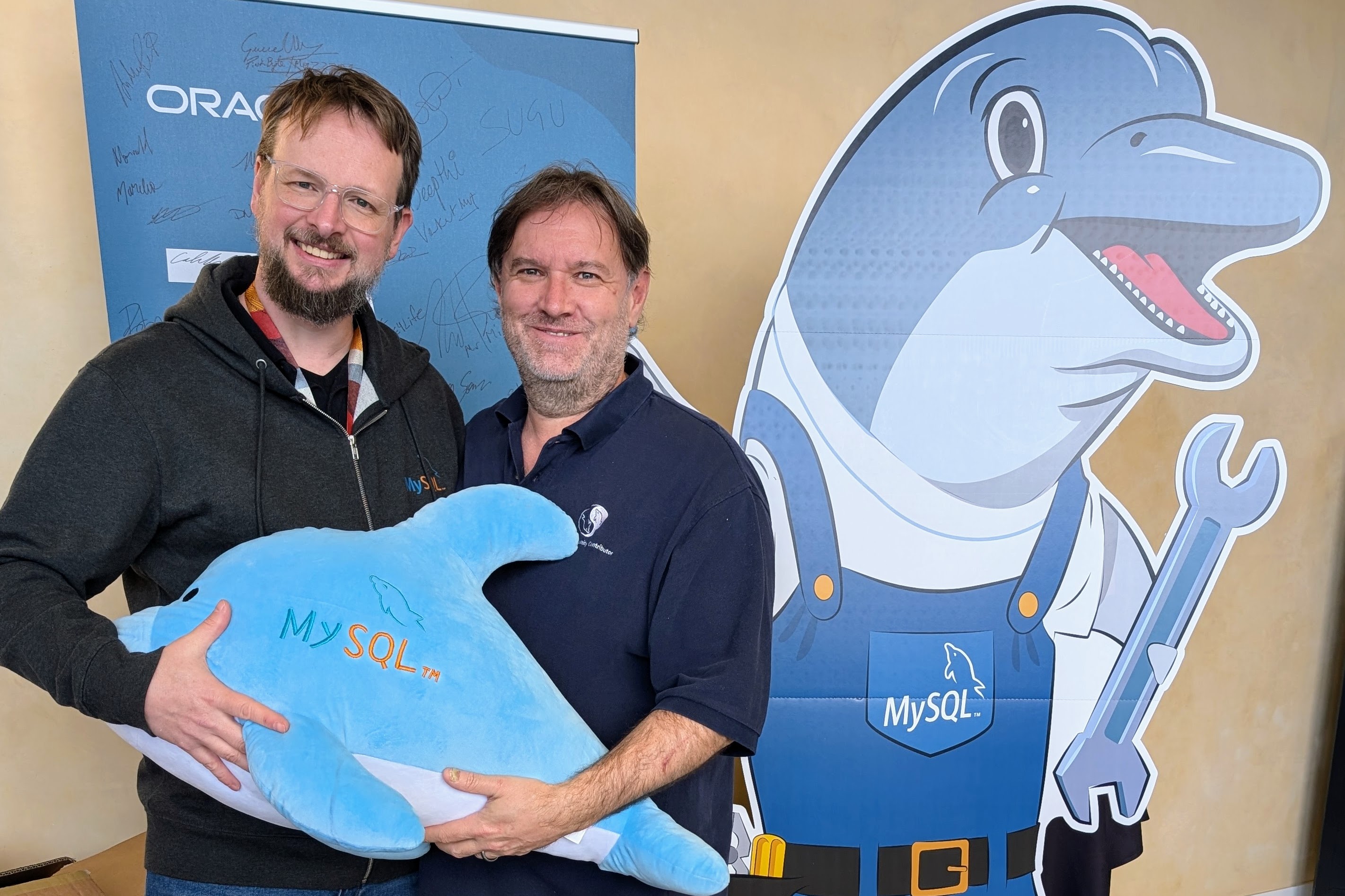Continuing on from Getting started with Cassandra I’m now trying to configure two servers as a cluster. The Getting Started Step 3 was not clear the first time I read it (after writing this is makes sense), so a Google search yielded the second link as Building a Small Cassandra Cluster for Testing and Development . I love finding reference material from people I know, Padraig being a significant contributor to Drizzle .
Here is what I did to create a running Cassandra Cluster.
-
Stop individual Cassandra instances
-
Re-created data and log directories (I did this just to ensure a clean slate)
-
I added to my local hosts file two aliases for my servers (cass01 and cass02). This helped in the following step.
-
Three changes are needed to the default conf/storage-conf.xml file on my first server.
- Change
from localhost to cass01 - Change
from localhost to cass01 - Change
from 127.0.0.1 to cass01
- Change
-
On my second server I changed the
and accordingly to cass02 and made cass01 -
Started Cassandra servers and tested successfully using the set …/get Keyspace1.Standard1[‘jsmith’] example. I was able to connect to both hosts via cassandra-cli and see the results created on just one node. I was able to create data on the second node and view on the first node.
$ bin/nodeprobe -host cass01 ringAddress Status Load Range Ring 148029780173059661585165369000220362256 192.168.100.4 Up 0 bytes 59303445267720348277007645348152900920 |<–| 192.168.100.5 Up 0 bytes 148029780173059661585165369000220362256 |–>|
Now with my first introduction successful, time to start using and seeing the true power of using Cassandra.

